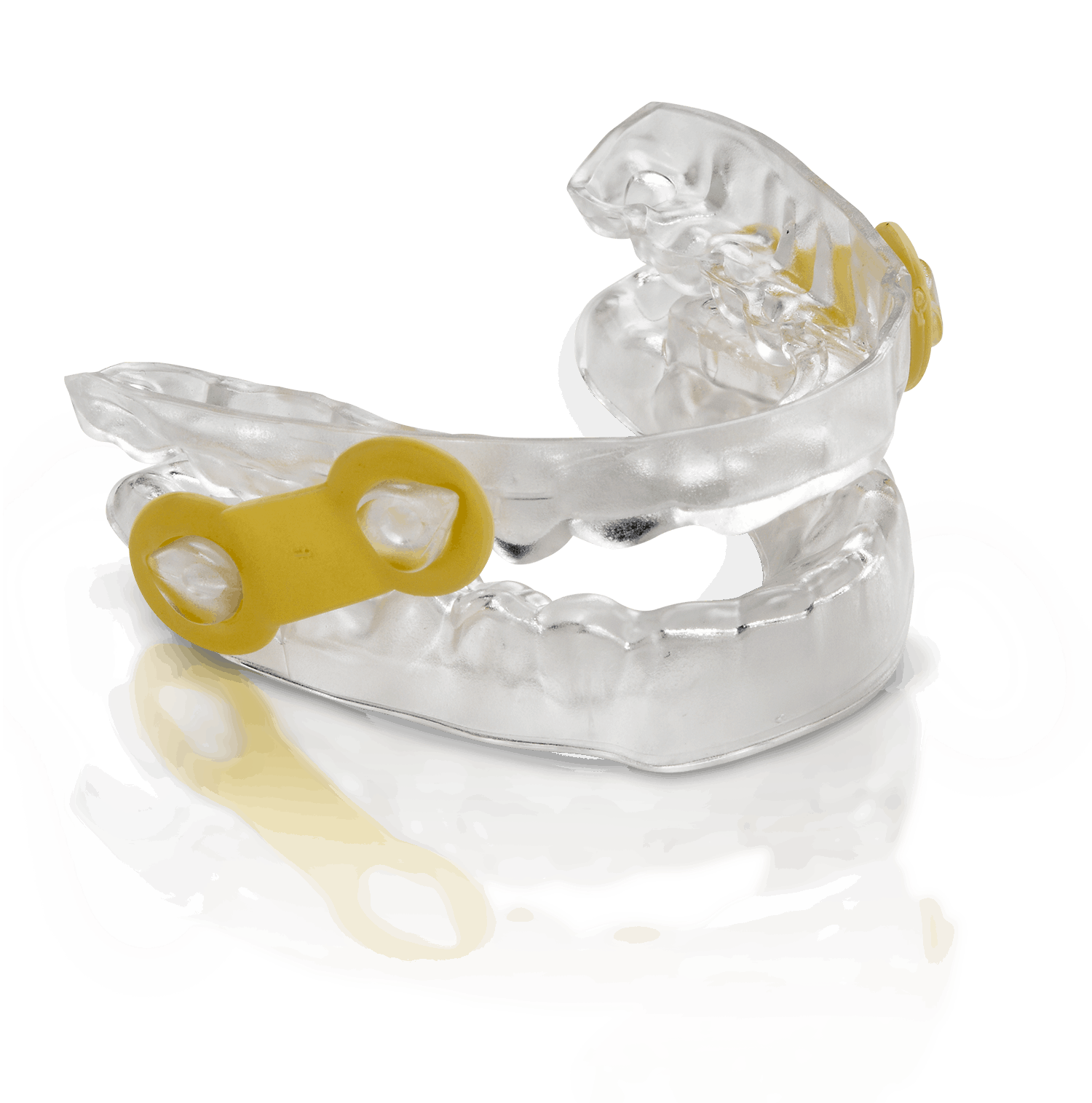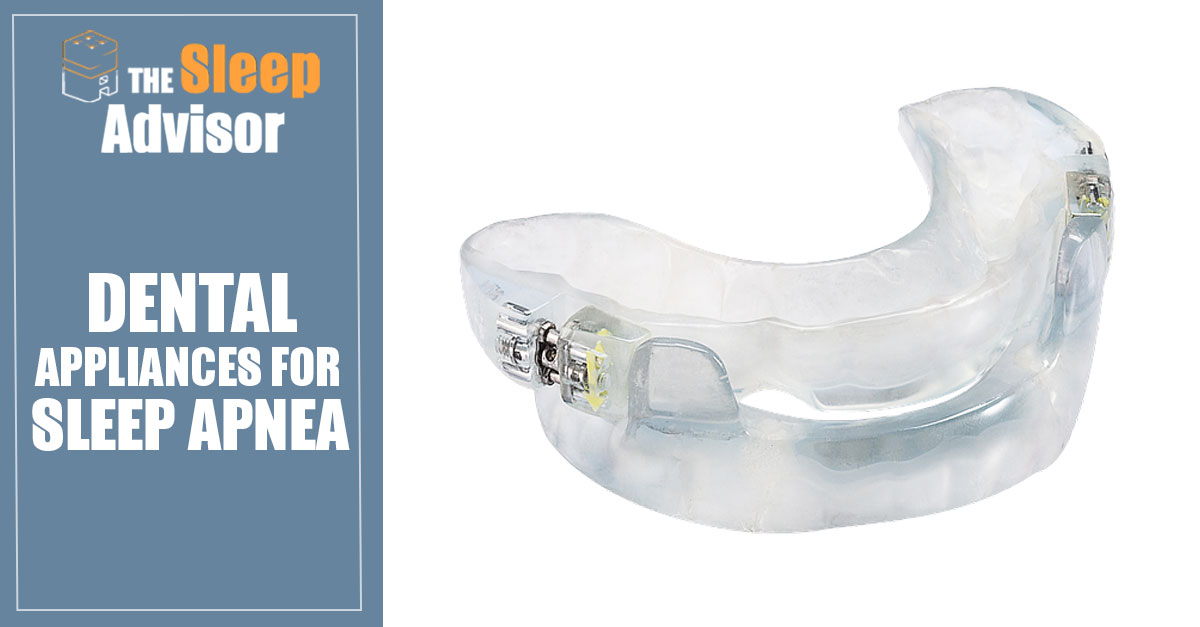Sleep apnea in ballantyne
Table of Contents
Table of Contents
Are you tired of snoring or feeling tired throughout the day? It could be related to obstructive sleep apnea. This condition affects millions of individuals and can cause serious health problems if left untreated. Luckily, there are dental appliances available that can offer relief and a good night’s sleep.
Living with sleep apnea can be frustrating and debilitating, with symptoms such as loud snoring, difficulty breathing, and waking up feeling tired. It can also strain relationships with sleep partners and family. For those seeking a solution, dental appliances can be a great option to consider.
These appliances work by positioning the tongue and jaw in a way that allows for unrestricted breathing during sleep. They come in many different types and sizes, and it’s important to work with a dentist or sleep specialist to find the best fit for your individual needs.
In conclusion, dental appliances for sleep apnea are a great option for those looking for a non-invasive treatment option. They offer relief from symptoms and can improve overall quality of life. It’s important to work with a professional to find the best appliance for your specific needs.
Dental Appliance Retention Methods
One common concern with dental appliances is their retention during sleep. It’s important to ensure that the appliance stays in place throughout the night to be effective.
My personal experience with appliance retention methods has been positive. My dentist recommended using a chin strap along with my appliance to help keep it in place. This has worked well for me, but there are other options such as tongue stabilizing devices and Velcro straps that may be more effective for others.
It’s important to discuss retention methods with your dental professional to find the best option for you. They may recommend using different devices or adjusting the fit of your current appliance to ensure optimal retention.
Maintenance of Dental Appliances for Sleep Apnea
Proper maintenance of your dental appliance is crucial to its effectiveness and longevity. It’s important to clean the appliance thoroughly every day and store it properly when not in use. This can help prevent bacteria buildup and ensure the appliance stays in good condition.
My dentist recommended using a mild detergent to clean my appliance and storing it in a dry environment. I also make sure to bring it with me to my regular dentist appointments so they can check for any necessary adjustments or repairs.
Costs Associated with Dental Appliances for Sleep Apnea
The cost of a dental appliance for sleep apnea can vary depending on the type and size of appliance needed, as well as any necessary dental work that may be required beforehand. It’s important to discuss costs with your dental professional ahead of time to understand any potential expenses.
Some insurance plans may also cover a portion of the cost of the appliance, so it’s always worth checking with your provider. Investing in a dental appliance can ultimately lead to cost savings over time by improving overall health and reducing the need for more invasive treatments.
Choosing the Right Dental Professional
Choosing the right dental professional to assist with your sleep apnea treatment can make all the difference. It’s important to find someone with experience and specialized training in sleep dentistry to ensure effective treatment.
When searching for a dental professional, ask about their education and experience in sleep dentistry. You can also check with professional organizations and online reviews to get a better sense of their qualifications and expertise.
Question and Answer
Q: How long will it take to adjust to wearing a dental appliance for sleep apnea?
A: It can take some time to get used to wearing a dental appliance, but most people adjust within a few weeks. Your dental professional can offer tips and guidance for making the adjustment process easier.
Q: Can I still use a dental appliance if I have dentures?
A: Yes, there are dental appliances specifically designed for those with dentures. Talk to your dental professional to find out which type of appliance will work best for you.
Q: Are there any side effects associated with using a dental appliance for sleep apnea?
A: Some people may experience temporary jaw pain or soreness when first using a dental appliance. This typically subsides within a few days or weeks. It’s important to communicate any discomfort with your dental professional so they can make adjustments as needed.
Q: How often do I need to replace my dental appliance?
A: The lifespan of a dental appliance can vary depending on use and how well it’s maintained. Typically, appliances need to be replaced every one to five years. Your dental professional can advise you on when it may be time for a replacement.
Conclusion of Dental Appliances for Sleep Apnea and Appliance Retention Methods
Dental appliances for sleep apnea are a great option for those looking for non-invasive treatment options. They can offer relief from symptoms and improve overall quality of life. Proper maintenance and retention methods are also crucial to effectiveness and longevity. When considering treatment options, it’s important to work with a dental professional with specialized training in sleep dentistry to ensure optimal results.
Gallery
Sleep Apnea In Ballantyne | Apollo Dental

Photo Credit by: bing.com / ema apnea elastic airway obstructive interchangeable bite thermoformed advance myerson medicare
Dental (Oral) Appliances For Sleep Apnea: Treatment Pros & Cons

Photo Credit by: bing.com / sleep apnea oral appliances dental treatment bamboo linenspa sheets
Sleep Apnea | Union Hills Family Dentistry

Photo Credit by: bing.com / sleep apnea oral dental appliance appliances uthsc invasive medicine offers solutions non center untitled
Best Dental Appliances For Obstructive Sleep Apnea - Home & Home

Photo Credit by: bing.com / apnea obstructive
Oral Sleep Appliances Daniel Island SC, Sleep Better SC

Photo Credit by: bing.com / sleep appliances oral apnea obstructive appliance therapy dental patients mild moderate

